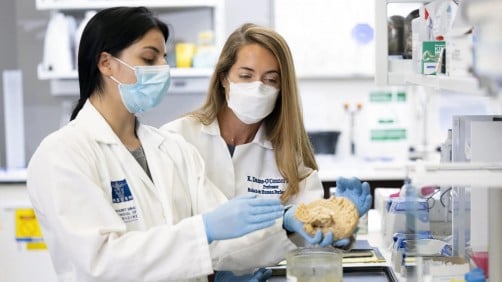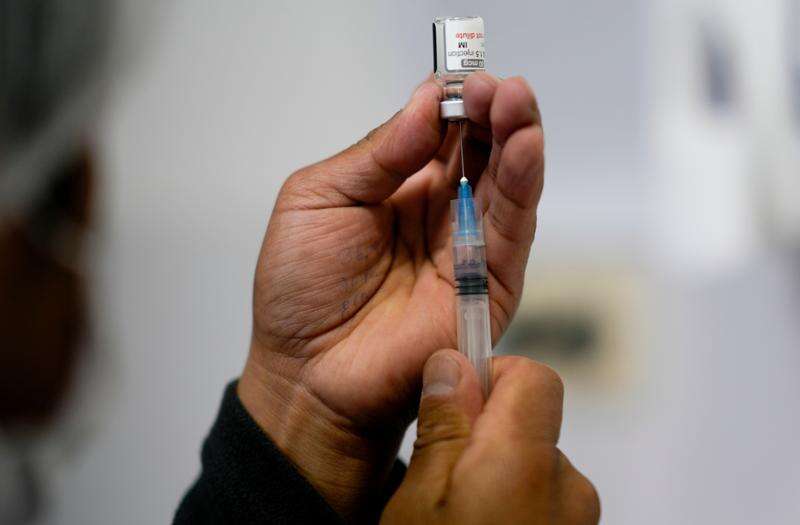Research conducted by the Brain Injury Research Center at Mount Sinai has determined that Chronic Traumatic Encephalopathy (CTE) is uncommon among individuals who suffer isolated brain injuries. The study, published on October 18, 2025, in the Journal of Neuropathology & Experimental Neurology, highlights the relationship between the frequency of head impacts and the prevalence of CTE.
CTE is a neurodegenerative disorder typically associated with repeated head trauma. It is characterized by the buildup of tau protein in the brain, primarily identified in deceased individuals who experienced extensive exposure to repetitive head impacts, such as those in contact sports like American football. Previous instances of CTE have also been noted among individuals affected by military service, head-banging, or intimate partner violence.
According to Kristen Dams-O’Connor, PhD, Director of the Brain Injury Research Center and senior author of the study, the findings emphasize the rarity of CTE in individuals with minimal head impacts. “Our study underscores that CTE is rare among individuals with lower amounts of repetitive head impact and in those with isolated traumatic brain injuries,” she stated. Dams-O’Connor further stressed the importance of expanding research beyond selected populations, such as professional athletes, to gain a comprehensive understanding of the disease.
The research team analyzed postmortem brain tissue from 47 donors who were part of the Late Effects of Traumatic Brain Injury Project, which spanned from 2018 to 2024. This project involves over 500 participants living with traumatic brain injuries (TBIs), who undergo clinical assessments and neuroimaging during their lives, alongside those who donate their brains for research after death.
In this study, researchers meticulously characterized lifetime trauma histories through medical records, autopsy reports, and family interviews. They employed advanced neuropathological methods, including tau immunohistochemistry, to examine the brain tissues. Most cases also included postmortem MRI scans to identify subtle lesions, informing tissue sampling for further analysis.
Diagnosis of CTE followed established consensus criteria. Among the 47 deceased individuals, seven were found to have autopsy-confirmed CTE. Six of these had extensive lifetime histories of repetitive head impacts, while one case involved two severe isolated TBIs without a known history of repetitive impacts. The neuroimaging data also revealed microstructural and vascular injury patterns in 39 cases, hinting at long-term changes that may explain why CTE develops in some individuals and not in others.
Enna Selmanovic, a PhD candidate at the Icahn School of Medicine and the first author of the paper, noted, “As one of the first systematic autopsy investigations of CTE in a cohort of donors with varied types of head trauma histories, this study adds to our understanding of how common or rare CTE really is.” Selmanovic emphasized the need for further investigation into distinct types of head trauma and their relationship to CTE risk, as well as the identification of additional risk and protective factors.
The study also aims to clarify common misconceptions surrounding terms like traumatic brain injury, repetitive head impact, and CTE. The research team provided definitions to address prevalent confusion among the public, which can lead to unnecessary anxiety for those who have sustained various forms of brain trauma.
The Mount Sinai Health System is among the largest academic medical systems in the New York metropolitan area, consisting of 48,000 employees across numerous hospitals and outpatient practices. The institution is dedicated to advancing health through innovative research, education, and community care.
This significant study underscores the need for ongoing research into CTE, particularly as it pertains to diverse populations and various types of head trauma. As experts continue to investigate these complexities, the findings may help inform public understanding and clinical approaches to brain injuries in the future.







